The Ultimate Guide to Couscous: A Flavorful Journey Through African Cuisine
Table of Contents
Introduction to Couscous and Its African Roots
Couscous is more than just a side dish—it's a cultural staple that has been cherished across North and West Africa for centuries. Known as the "food of the gods" in some regions, couscous is a versatile grain made from steamed semolina wheat. While it's often associated with Moroccan cuisine, its roots stretch deep into the heart of African culinary traditions.
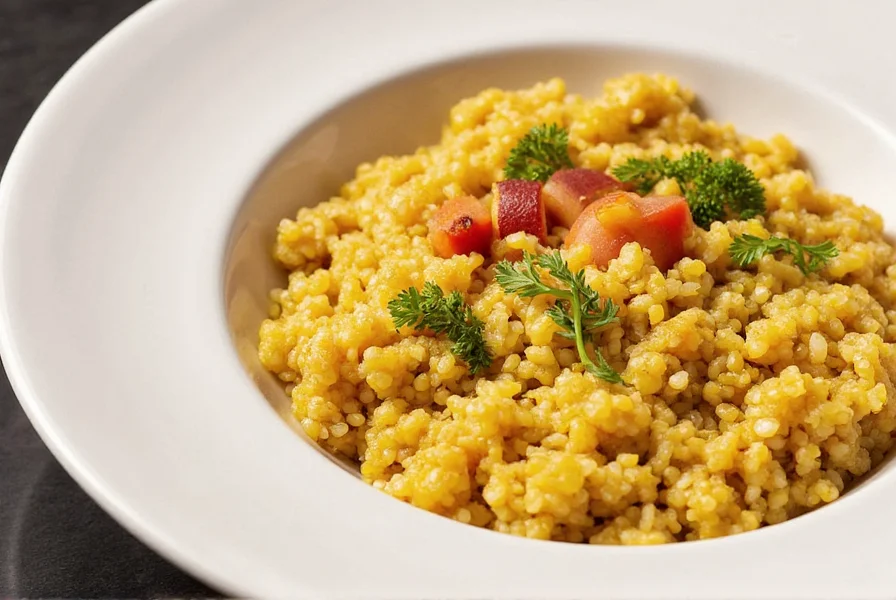
At its core, couscous is a simple dish, but its preparation and flavor can vary dramatically depending on where you are in Africa. Whether it's served with lamb, vegetables, or a rich stew, couscous brings people together around the table. It's not just about taste—it's about history, community, and the joy of sharing a meal.
A Brief History of Couscous in Africa
The origins of couscous trace back to the Berber people of North Africa, who have been preparing this dish for over a thousand years. The word "couscous" itself comes from the Berber verb *kuskus*, meaning "to boil." This simple yet powerful act of steaming semolina transformed it into a fluffy, aromatic staple that became central to many African diets.
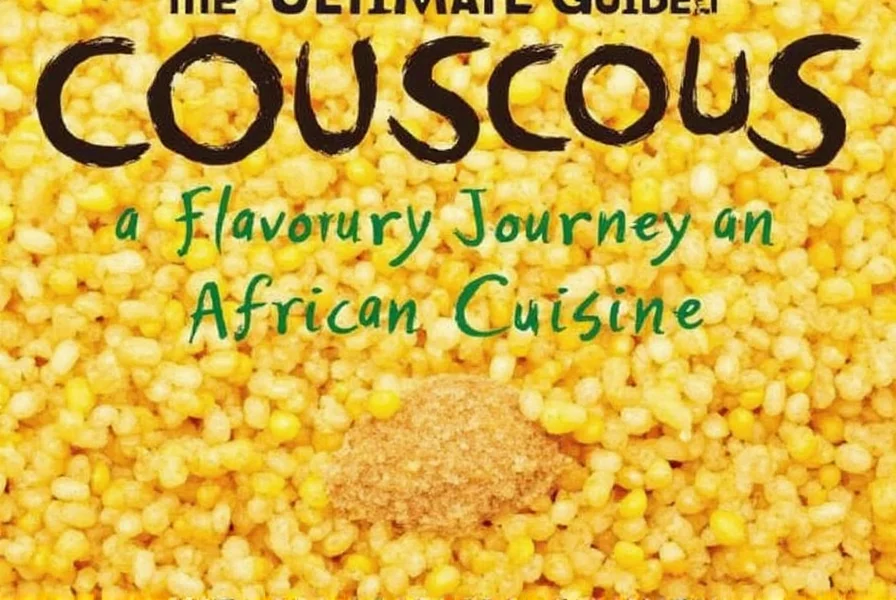
As trade routes expanded across the Sahara, couscous spread beyond the Mediterranean and into West Africa, where it was adapted to local ingredients and cooking methods. Today, it's a symbol of unity, found in both rural villages and bustling cities across the continent.
How to Cook the Perfect Couscous
Cooking couscous may seem easy, but achieving that perfect texture—fluffy, light, and not sticky—requires a few key steps. Here’s how to do it right:
- Use the Right Water-to-Couscous Ratio: For every 1 cup of couscous, use 1.5 cups of water or broth. This ensures it absorbs enough liquid without becoming soggy.
- Let It Rest: After boiling, turn off the heat and let the couscous sit for at least 5 minutes. This allows the grains to absorb the remaining moisture and become perfectly soft.
- Fluff It Up: Once rested, use a fork to gently fluff the couscous. This separates the grains and prevents clumping.
- Add Flavor: Don’t forget to season your water or broth with salt, herbs, or even a splash of lemon juice for extra depth.
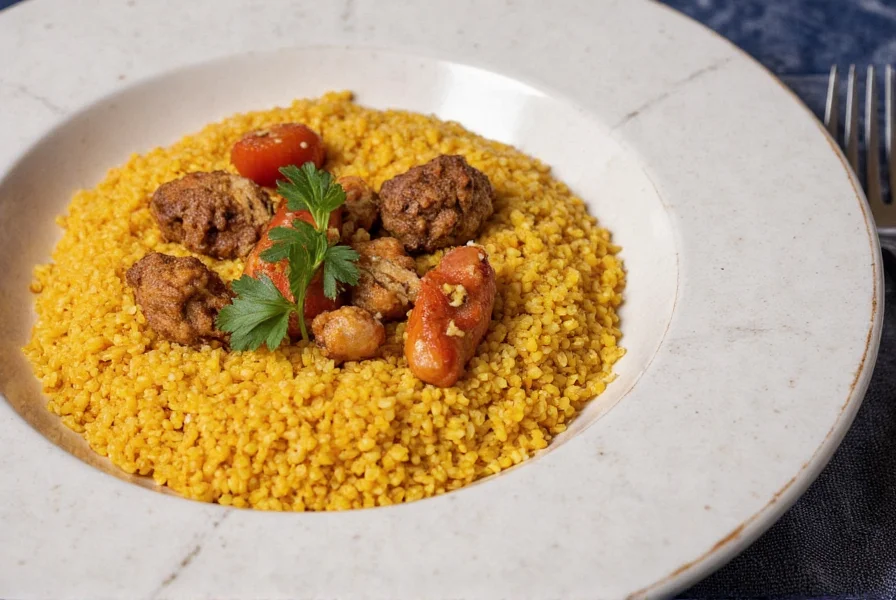
With these tips, you’ll be well on your way to making a delicious, authentic couscous that honors its African heritage.
Regional Variations of Couscous Across Africa
One of the most fascinating aspects of couscous is how it varies by region. Each country has developed its own unique version, influenced by local ingredients, climate, and culture.
| Country | Style of Couscous | Key Ingredients |
|---|---|---|
| Morocco | Traditional | Lamb, carrots, prunes, almonds, cinnamon |
| Tunisia | Simple and Light | Eggs, garlic, olive oil, tomatoes |
| Mali | Stuffed Couscous | Vegetables, meat, spices, and sometimes eggplant |
| Nigeria | Browned Couscous | Spicy tomato-based sauce, okra, and peppers |
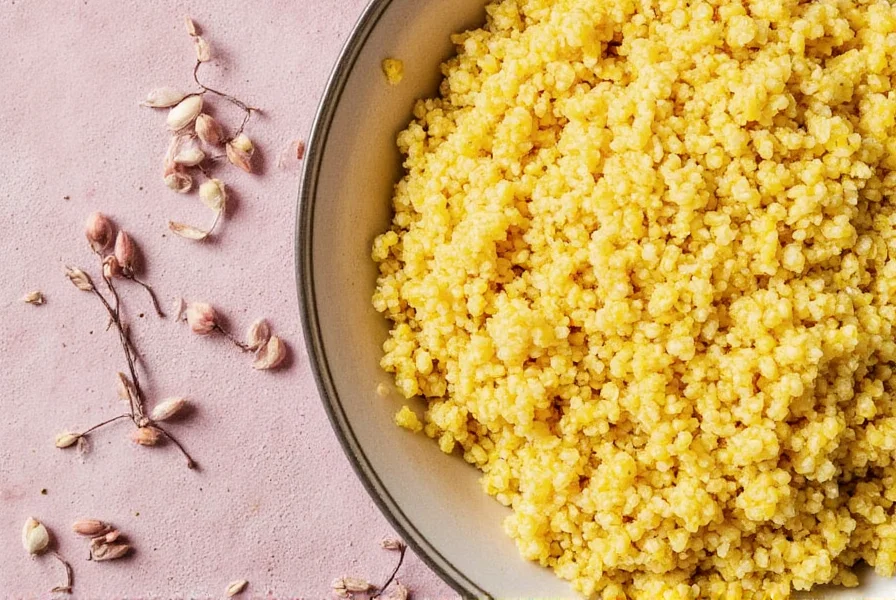
Whether you're enjoying a sweet-and-savory Moroccan blend or a spicy West African version, each variation tells a story of the land and its people.
Pairing Couscous with Spices and Dishes
Couscous is a blank canvas, ready to take on the flavors of any spice or ingredient. To truly appreciate its versatility, try pairing it with the following:
- Spiced Lamb or Chicken: A classic combination, especially in North African dishes like tagine or mechoui.
- Vegetable Stews: Couscous pairs beautifully with hearty stews featuring eggplant, zucchini, or pumpkin.
- Herb-Infused Broth: A light, herb-infused broth can elevate the flavor of plain couscous.
- Roasted Vegetables: Add a smoky depth with roasted carrots, bell peppers, or cauliflower.
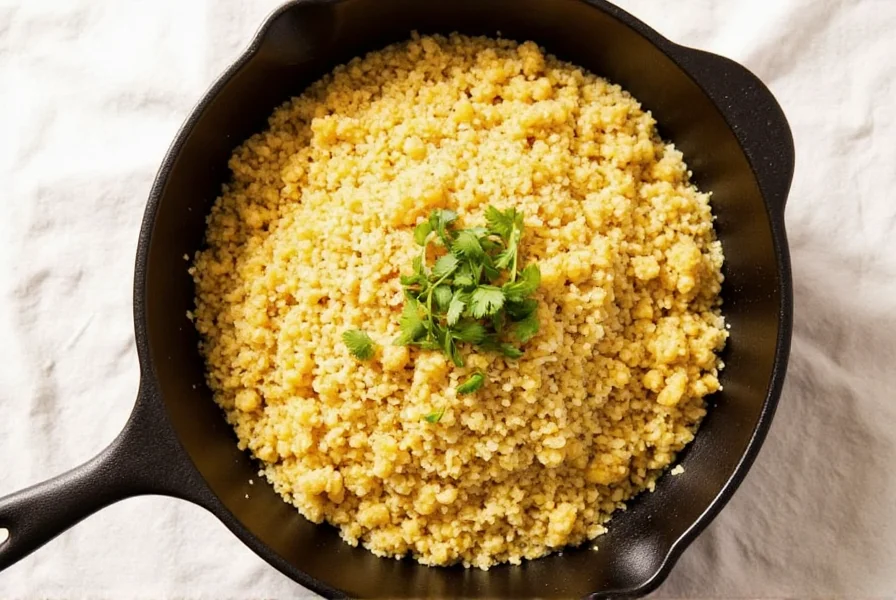
Don’t be afraid to experiment. The key is to balance the flavors and textures so that the couscous doesn't get lost in the mix.
Buying Guide: Choosing the Best Couscous
When it comes to buying couscous, not all products are created equal. Here’s what to look for when selecting the best quality:
Types of Couscous
- Regular Couscous: Made from coarsely ground durum wheat. Ideal for traditional recipes.
- Quick-Couscous: Pre-steamed and dried, making it faster to prepare. Great for busy days.
- Superfine Couscous: Finer texture, perfect for delicate dishes or desserts.
What to Look for When Buying
- Freshness: Check the expiration date and ensure the packaging is sealed tightly.
- Texture: High-quality couscous should feel slightly coarse and not overly fine or dusty.
- Origin: Couscous from North Africa, especially Morocco or Algeria, tends to have the best flavor and texture.
- Ingredients: Choose varieties with minimal additives. Pure semolina is the best option for authenticity.

Recommended Products
- Algerian Semolina Couscous (Brand X): A premium choice known for its natural texture and robust flavor. Ideal for traditional recipes and special occasions.
- Quick Couscous Mix (Brand Y): Perfect for weeknight meals. Offers convenience without sacrificing flavor. Great for families or individuals on the go.
- Organic Couscous (Brand Z): A healthier option for those looking for non-GMO and organic ingredients. Suitable for health-conscious consumers and eco-friendly households.
Remember, the best couscous is one that complements your recipe and enhances the overall dining experience. Whether you're cooking for yourself or hosting guests, choosing the right product makes all the difference.
Conclusion
Couscous is more than just a dish—it's a window into the rich and diverse world of African cuisine. From its humble beginnings among the Berber people to its global popularity today, couscous has always been a symbol of warmth, tradition, and flavor. Whether you're a seasoned chef or a curious food lover, there's something in couscous for everyone.
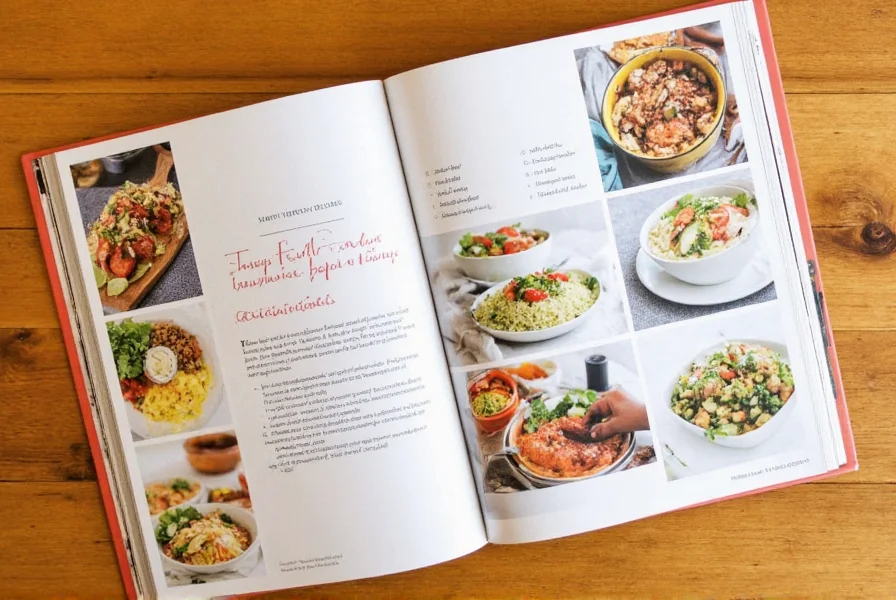
So next time you’re thinking about a comforting, flavorful meal, consider giving couscous a try. With its endless possibilities and deep cultural roots, it’s a dish that will keep you coming back for more. And remember, the couscous African dish isn’t just about what you eat—it’s about how you share it with others.

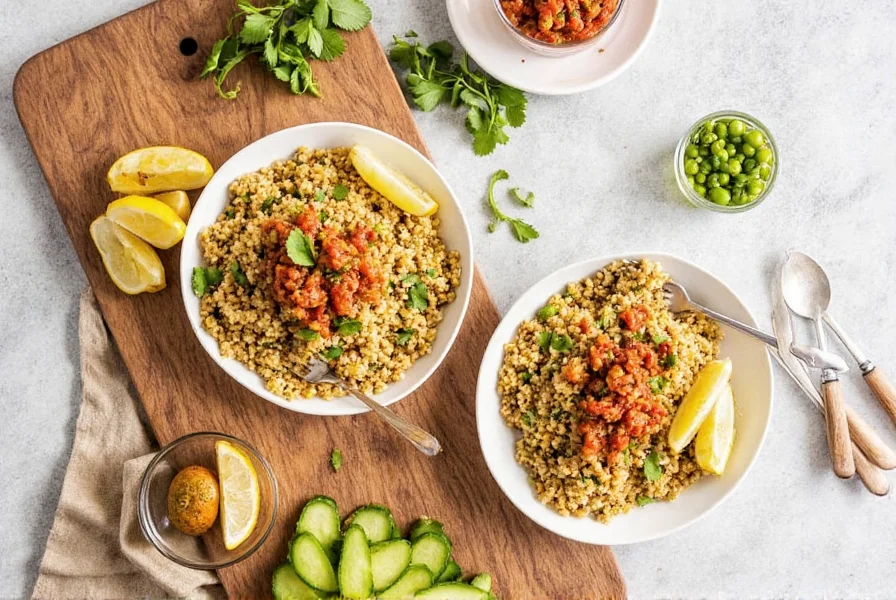









 浙公网安备
33010002000092号
浙公网安备
33010002000092号 浙B2-20120091-4
浙B2-20120091-4